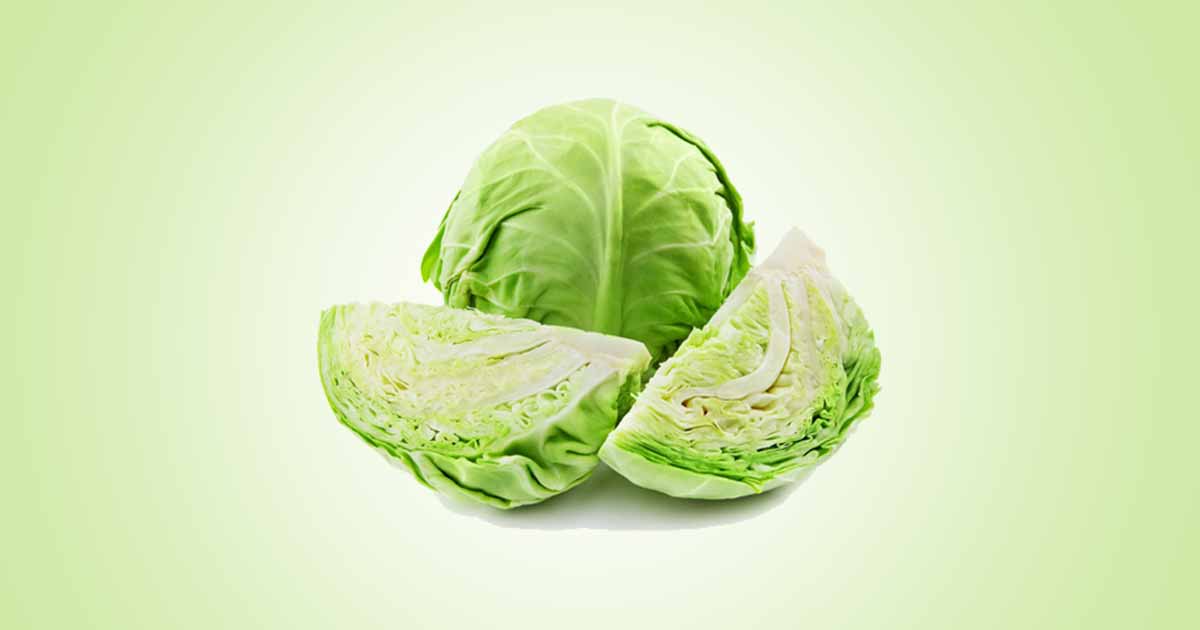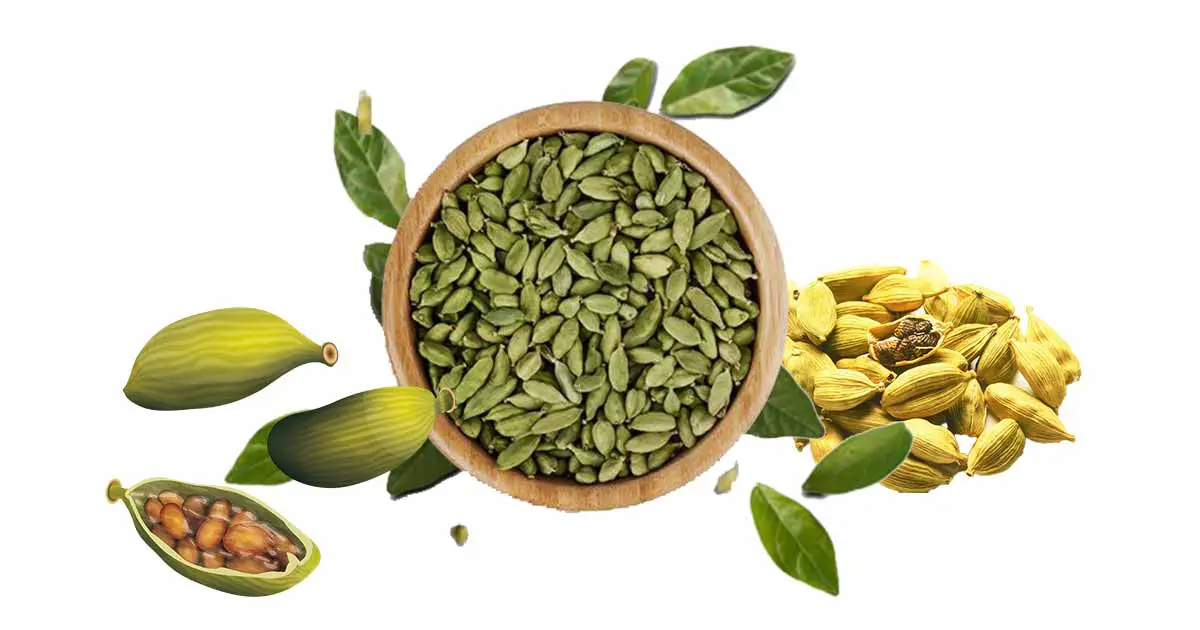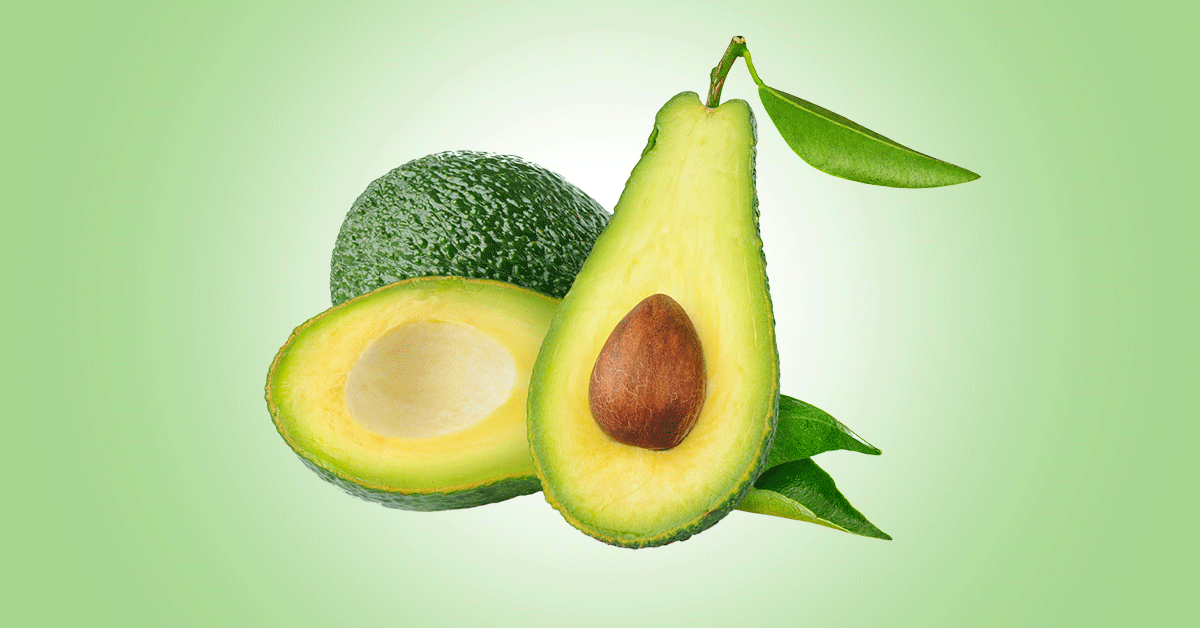White cabbage or green cabbage (Brassica oleracea) is a cruciferous vegetable, belonging to the mustard family (Brassicaceae or Cruciferae). The Brassica genus also contain other cruciferous vegetables, such as cauliflower, Brussels sprouts, broccoli, kohlrabi, and collard greens. Green cabbage is native to southern and Western Europe.
Cabbage is a biennial plant, commonly grown as an annual. It has edible leaves that mature to form a compact head. The leaves are dense, close together, smooth, and notched slightly at the edges. The inner leaves are pale green or yellow, sweeter than the dense green external leaves.
Other common types of cabbages are red cabbage, Chinese cabbage, and Savoy cabbage. The world’s largest producers of cabbage are China, India, Russia, Korea, Japan, USA, Poland, Indonesia, and Ukraine.
Cabbage can be used raw, chopped, sliced, used in vegetable salad preparations, or preparation of coleslaw. It can also be fried with onions, ginger, carrots, bell pepper, potatoes, and green chilies or added to soups. It can be fermented as sauerkraut (white or red cabbage).
Sliced white cabbage is used to make sauerkraut industrially by controlled anaerobic fermentation and the addition of salt.
Composition of Green/White Cabbage
Nutritional Composition
White cabbage contains vitamin C, vitamin K, vitamin B6, folates, vitamin A, thiamine, riboflavin.
Mineral composition include potassium, calcium, selenium, magnesium, iron, phosphorus. It also contains a high level of dietary fiber, folate, selenium, and vitamin B6, but low sugar, fat, energy, and cholesterol.
Bioactive Compounds
Cabbage contains polyphenols, glucosinolates, flavonoids (quercetin, kaempferol as glycosides, apigenin and rutin), hydroxycinnamic acids, and carotenoids. White cabbage contains chlorophyll pigments, unlike red cabbage that has anthocyanin pigments.
Glucosinolates, metabolites of the alkaloid family, and their derivatives, isothiocyanates, gives cabbage, a bitter taste and sulphurous, pungent aroma. It is of high quantity in the wild cabbage type. Some common glucosinates include sinigrin, gluconapin, gluconastrutiin, glucoiberin, glucoiberverin, progoitrin, glucobrassicin, neoglucobrassicin, glucoraphanin, etc.
Health Benefits of White Cabbage
White cabbage has been used to treat constipation, as a laxative, antidote to mushroom poisoning, relieve fever, sore throat, rheumatism, colic, and inflammation
Anticancer property: Cabbage contains phytochemicals (glucosinolate’s hydrolysis products like sulforaphane and indol-3-carbinol) that helps the body to fight against breast, colon, and prostate cancers.
Sauerkraut made from white cabbage contains high levels of glucosinolates. These compounds, when hydrolysed on fermentation by myrosinase, form indoles and isothiocyanates. They are powerful anticancer compounds.
Also, ascorbigen, a compound formed from degredation of indole glucosinolate (glucobrassicin) and ascorbic acid, is another powerful anticarcinogens.
Antioxidants: Compounds such as vitamin C, carotenoids, polyphenols, flavonoids, and glucosinolates in cabbage are powerful antioxidants. Antioxidants mop up free radicals and reactive oxygen species (ROS), prevent lipid peroxidation, and protect against chronic diseases.
Anti-diabetic effect: Research by Asadujjaman et al., (2011) which involves intraperitoneal injection of cabbage extract to alloxan and glucose induced diabetic rats, showed a reduction in blood glucose. It also decreased the quantity of liver glycogen.
Gastrointestinal problems: Home remedy treatment of gastrointestinal disturbances and problems such as gastritis, peptic and duodenal ulcers, irritable bowel syndrome, using boiled, fried cabbage, or cabbage juice has been documented.
Healthy bones: High calcium and vitamin K content in cabbage means it can help to maintain healthy bones, and prevent osteoporosis.
Wound healing: As a rich source of vitamin C, white cabbage can help to heal wound and repair tissues. It also protects the gum and skin.
Treat skin infection like eczema: Flavonoid like quercetin in fruits such as cabbage, spinach, grapefruit, apples, onions, have anti-inflammatory activity. Quercetin inhibits the release of histamines, reducing eczema symptoms.
Vitamin C is abundant in cabbage and has antioxidant, anti-inflammatory effect. It also helps in skin tissue formation.
Rich source of folate: Folate is an important vitamin that helps to prevent anemia in pregnancy. It helps the growth of the fetus, maternal tissue during pregnancy, helps in cell division, blood formation, immune function among others.
Normalize blood pressure: Potassium is an electrolyte and a component of cell and body fluids. It helps to control the blood pressure and heart rate.
May prevent obesity: Cabbage has low fat, and calories levels. It also contains high dietary fiber, which can help to control obesity and unnecessary weight gain.
Lowering of cholesterol: Cabbage can lower serum total cholesterol and low-density lipoprotein cholesterol, thereby preventing hypercholesterolemia. It also improved the levels of high-density
lipoprotein levels (good fats).
Anticoagulant activity: Khan et al. (2015) investigated the anticoagulant effect of cabbage extract using rabbits. It helped to improved parameters such as the activated partial thromboplastin, fibrinogen, and thrombin duration.
Side Effects
Since white cabbage contains a high quantity of vitamin K, a vitamin that plays a role in blood clotting, patients on blood thinners should avoid it.
References:
- https://www.researchgate.net/publication/353411136_Cabbage_Brassica_oleracea_L_Overview_of_the_Health_Benefits_and_Therapeutical_Uses
- https://alabamaageline.gov/wp-content/uploads/2023/01/Cabbage.pdf
- https://ingenaes.illinois.edu/wp-content/uploads/ING-Info-Sheet-2018_05-Cabbage-family-vegetables-nutritional-value-recipes-Kowalewska.pdf
- https://www.academia.edu/15649268/Antioxidant_phytochemicals_in_cabbage_Brassica_oleracea_L_var_capitata_
- https://www.sciencedirect.com/topics/pharmacology-toxicology-and-pharmaceutical-science/white-cabbage











